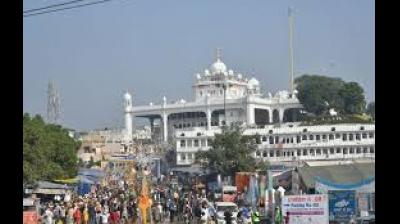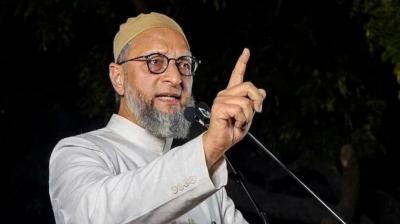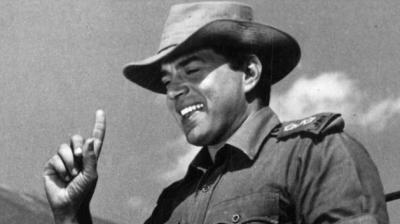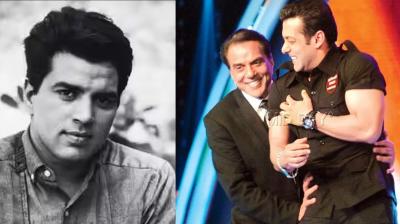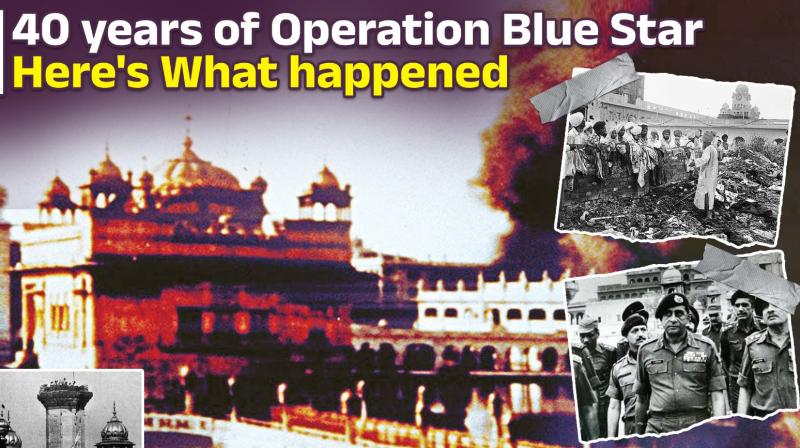
This piece will discuss what happened, what led to it, and how it turned the tables in Indian politics.
What is Operation Blue Star? What happened in 1984? Who was Jarnail Singh Bhindranwale? These are some of the common questions asked regarding Operation Blue Star. Well, 2024 marks the 40th anniversary of the beginning of Operation Blue Star wherein the Indian Army carried out an operation to flush out Sikh militants from the Golden Temple, aka Sri Harmandir Sahib in June 1984. It was a historic event when, as per BBC, hundreds of civilians and over 87 soldiers died. It was a disastrous operation in which parts of the Golden Temple, the holiest sites in the Sikh faith, were also damaged.
This piece will discuss what happened, what led to it, and how it turned the tables in Indian politics.
What led to it?
As per the report filed by Business Standard, Khalistan emerged after the Partition in 1947. Back then, several cities and temples that were essential parts of the Sikh heritage were under Pakistan. Likewise, issues like river water sharing also caused autonomy and even separated Sikh states.
Later in 1966, Punjab was not just Punjab, it was divided into Himachal Pradesh, Haryana, and Punjab. After 4 years, in the 1970s, the Khalistan movement started in India and abroad. By the early 1980s, Punjab was in full-blown crisis. The militants were asking for a separate state of Khalistan for themselves and back then, Jarnail Singh Bhindranwale was a major figure.
Who was Jarnail Singh Bhindranwale?
According to reports, Jarnail Singh Bhindranwale was previously a leader of the Sikh seminary Damdami Taksal and labeled himself as “the authentic voice of the Sikhs.” The Congress party initially attempted to get Bhindranwale on side to try to battle against the Shiromani Akali Dal’s (SAD) growing influence but his fiery appeal among the youth turned him into a huge problem for the Congress party-led government.
In 1982, he joined the civil disobedience movement organised by the Akali Dal and then shifted to inside the Golden Temple complex to avoid being taken by the police. In 1983, AS Atwal, Deputy Inspector-General of Police (DIG), was shot dead after he visited the Golden Temple to pay obeisance in the holy shrine.
There were reports such as "The assailant… after firing the shots from a carbine, entered the Golden Temple," and "Ugly as the Atwal murder was, however, it was only a beginning… This became a regular feature; bodies, mutilated, hacked to pieces, stuffed into gunny bags, kept appearing mysteriously in the gutters and sewers around the Temple".
It was then that it all began as the Indira Gandhi government had had enough. In May 1984, the Indira Gandhi-led government gave the go-ahead to the Indian Army to take out militants. Indian Express reported that the plan was executed despite objections from several people, including the then cabinet minister Pranab Mukherjee. By 29 May 1984, the troops from the 9th Infantry Division in Meerut and paramilitary commandos reached Amritsar.
On the other hand, even Jarnail Bhindranwale and his followers didn't remain idle. They managed to smuggle a huge cache of arms and ammunition into the Golden Temple and strategically placed guns to defend their positions. Likewise, Bhindranwale’s supporters were given training by Major General Shahbeg Singh who was dismissed by the Indian Army over corruption charges.
What happened?
By 1 June, the Indian Army surrounded the Golden Temple complex with CRPF personnel taking positions on private buildings near the Golden Temple. Then started the exchange of fire with militants. 11 civilians were killed. The CRPF reportedly fired to “assess the training and strength of the militants inside.” Later on 3 June, a 36-hour curfew was imposed in Punjab wherein all sorts of communication were shuttered, public transportation was suspended, the power lines were cut and the media was blacked out. Then on 5 June, the army attempted to storm the Golden Temple to take out the defensive positions taken up by Bhindranwale’s followers. The Indian Army managed to take the outer defenses, but their rush into the Golden Temple cost them a lot.
Reportedly, the troops made a mad rush for the staircase at each end of the Parikrama but they ran headlong into automatic fire from men who sprang out of the manholes. It was then that the tank support was called in. The army’s Vijayanta tanks shelled the Golden Temple’s Akal Takht for over 12 hours. It was where Bhindranwale had taken up a defensive position. By 6 June, the militants’ defenses were obliterated. At around 11 am, 25 militants rushed out at the army troops and were taken down.
The generals took it as a hint that the mad rush by militants was an indication that Bhindranwale was either dead or wounded or might have escaped. However, Bhindranwale was dead. After this, the rest of the militants surrendered or were killed by 10 June.
As per reports, over 554 Sikh militants civilians, and 87 soldiers were killed in Operation Blue Star. The operation was officially over but it never ended there. The biggest outcome of the operation came on 31 October 1984, when Prime Minister Indira Gandhi was assassinated by her two Sikh bodyguards in revenge for the operation. This led to the anti-Sikh riots in Delhi and other parts of north India.
“We must remember Indiraji. We must remember why her assassination happened. We must remember who could be the people behind this. When Indira’s assassination happened, there were riots in the country. We know that the hearts of the Indian people were full of anger and that for a few days, people felt India was shaking. When a big tree falls, the earth shakes,” Rajiv said in a speech after the worst riots had finished.


